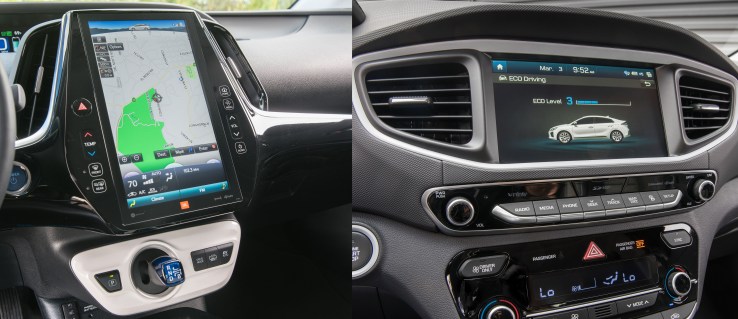Hey you, the person with luxury sedan desires but a Toyota Camry budget! Forget the out-of-warranty BMW 5 Series and Mercedes E Class. Those are fine cars, but they will cost you in the long run. The Hyundai Genesis is one of best used luxury values on the market, and you should buy one.
Hyundai first experimented with selling a luxury car in the American market with the Genesis and later the larger, more expensive Equus. Neither car really caught on with premium car buyers despite being much cheaper than their respected rivals. The main problem, aside from being a brand with no cachet fighting in well established European territory, was that most critics panned the first generation Genesis and Equus as “almost but not quite there” luxury sedans.
That all changed with the 2015 Genesis. Hyundai finally made a car that drove and felt like something you would get from a European marque. The shift was so dramatic that Hyundai is now spinning off Genesis into its own brand and currently offers the G80 (formerly called Genesis) and G90 (Equus) sedans.
This transition means that the 2015-2016 Hyundai branded Genesis is stuck in the middle, and that equates to some great values for you. There are tons of V6-powered, lightly used Genesis sedans out there in the mid-$20,000 range.
Oh, you wanted a V8? Okay, I understand, if you are going to get a luxury cruiser you want big engine under the hood. Gas is still cheap, might as well enjoy life.
For less than a fully loaded Sonata, you can have your Genesis with a 5.0-liter 415 horsepower V8 and rear-wheel-drive.
If you are in the market for a used luxury sedan you can go two ways: you can follow the crowd and get something German or a Lexus, and there is nothing wrong with that, or you can get something a little different that gives you everything you want without some of the baggage that comes with the usual choices. But the used Genesis has become way too strong a value to ignore.






